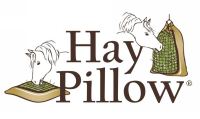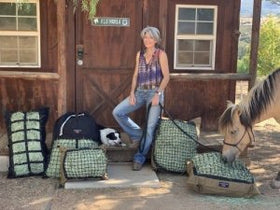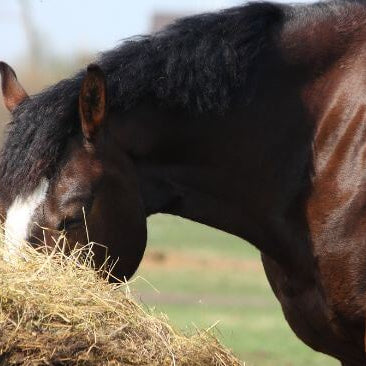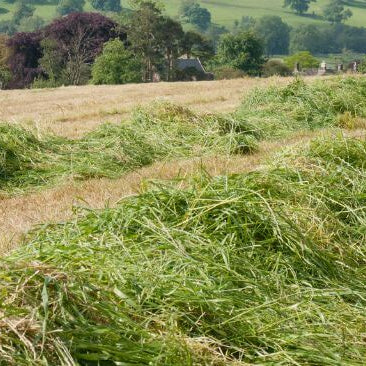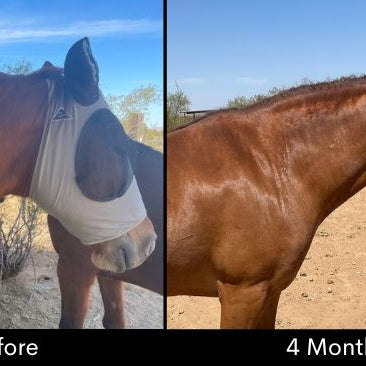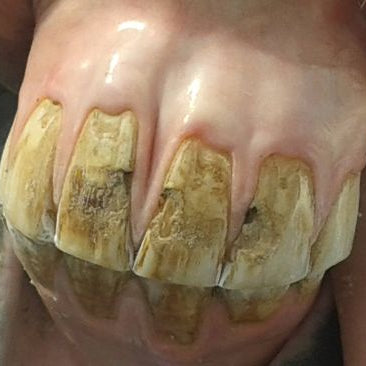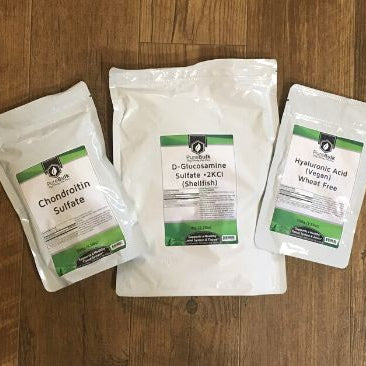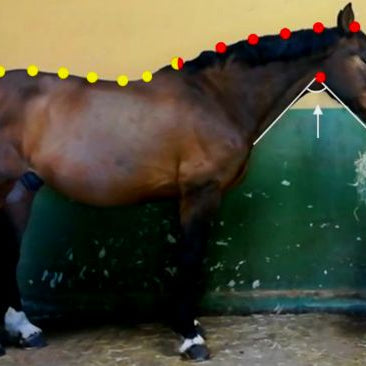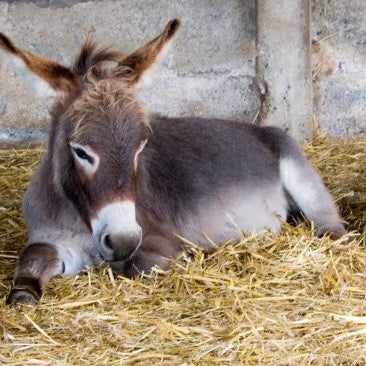Slow Feeding / Hay & Diet / Gut Health (Colic & Ulcers) /
Minis & Farm Animals / Health & Safety / Behavior / Musings / Giveaways
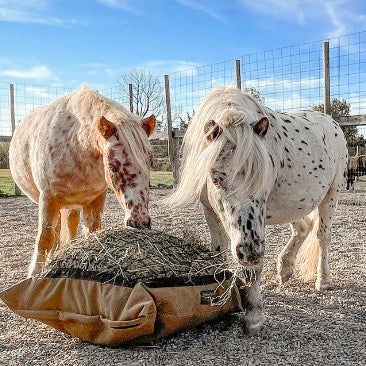
Slow Feeding - Transition Tips & Techniques
Many of us make the switch to slow feeding with good intentions – whether it's to introduce the benefits of trickle feeding, minimize hay waste, or to manage weight. Whether your companions are new to slow feeding or you want to introduce smaller mesh sizes, we have tips and techniques to ease the transition.
Read now
